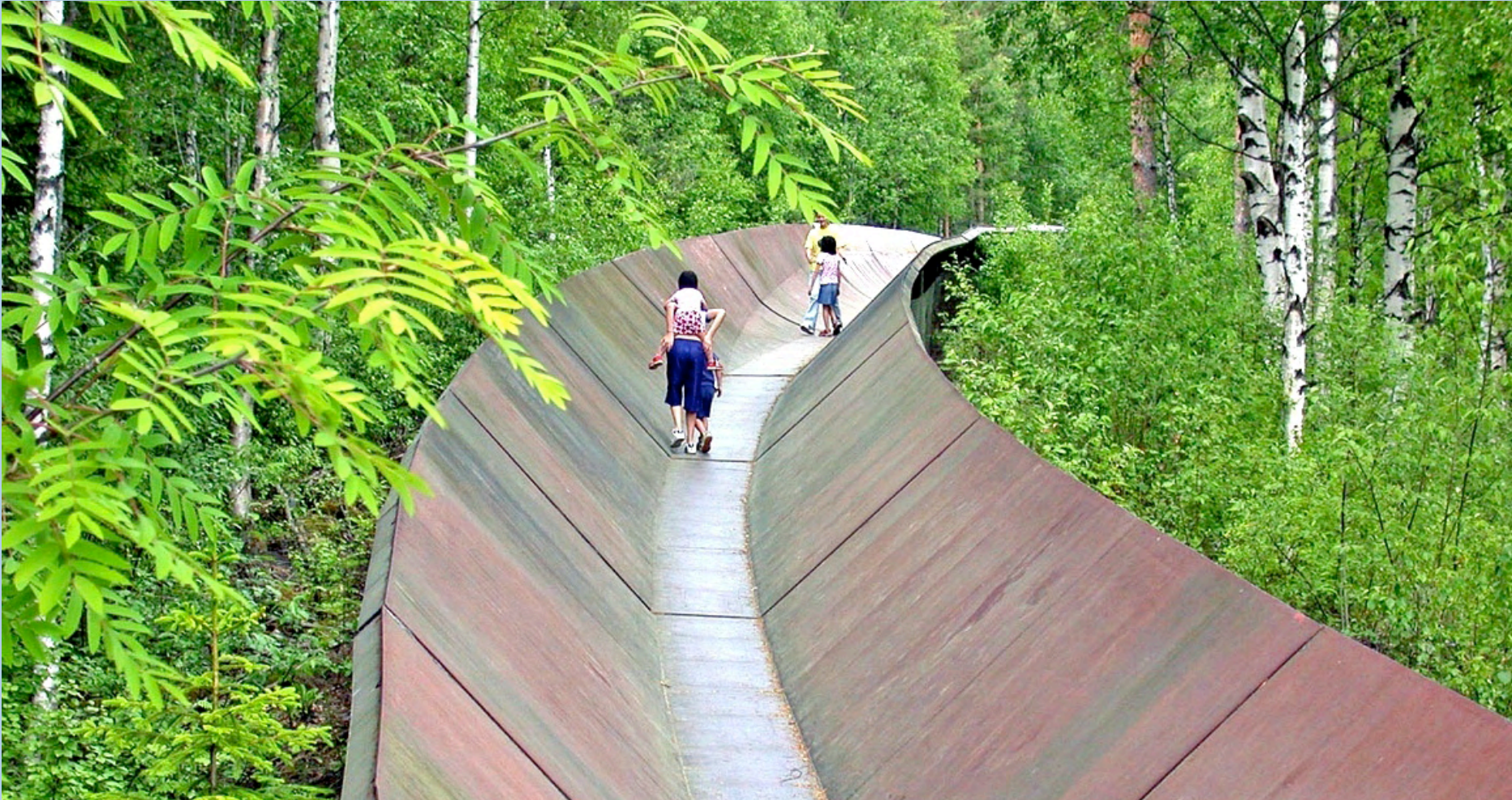Catching and preparing
The river lamprey (Lampetra fluviatilis), or just lamprey, is the official fish of Västerbotten. The species can be found along the Swedish coastline and in the Swedish lakes Mälaren, Vänern and Vättern. They are most abundant in the northern part of the Baltic Sea, known as the Gulf of Bothnia. The Swedish name nejonöga is likely from the German neun augen, nine eyes, and refers to the nine eye-like gill openings.
Lamprey swim up rivers and streams in late summer, and spawn in autumn. The larvae or ammocoetes stay buried in the riverbeds for 3–5 years before migrating out to the sea, where they stay for 1–2 years, after which they are mature and ready to spawn. Lamprey are bloodsuckers or scavenging eel-like animals. They belong to a group known as round-mouths. The mouth is round, with no jaws. River lamprey can grow up to 50 cm long.
On the global and Swedish Red List of threatened species, the river lamprey is listed as of “Least Concern”. A significant portion of spawning and nursery grounds disappeared in conjunction with the damming of Norrland’s rivers between 1955–1982. This caused a sharp decline in the population through the mid-1980s, after which things stabilised.
Lamprey were caught in autumn in bags or blocks, a sort of trap placed on the riverbed in shallow, flowing water. After rinsing with ash or lime to remove any slime, the lamprey were strung up on canes and hung in the smokehouse. They were lightly smoked with elm and juniper, resulting in cold-smoked fish. Then they were fried with or without cream, or milk mixed with cream.
The smokehouses themselves are small, timbered constructions measuring 4 x 4 metres. The fire is lit in a pit in the ground and an opening in the gable regulates the smoke.



